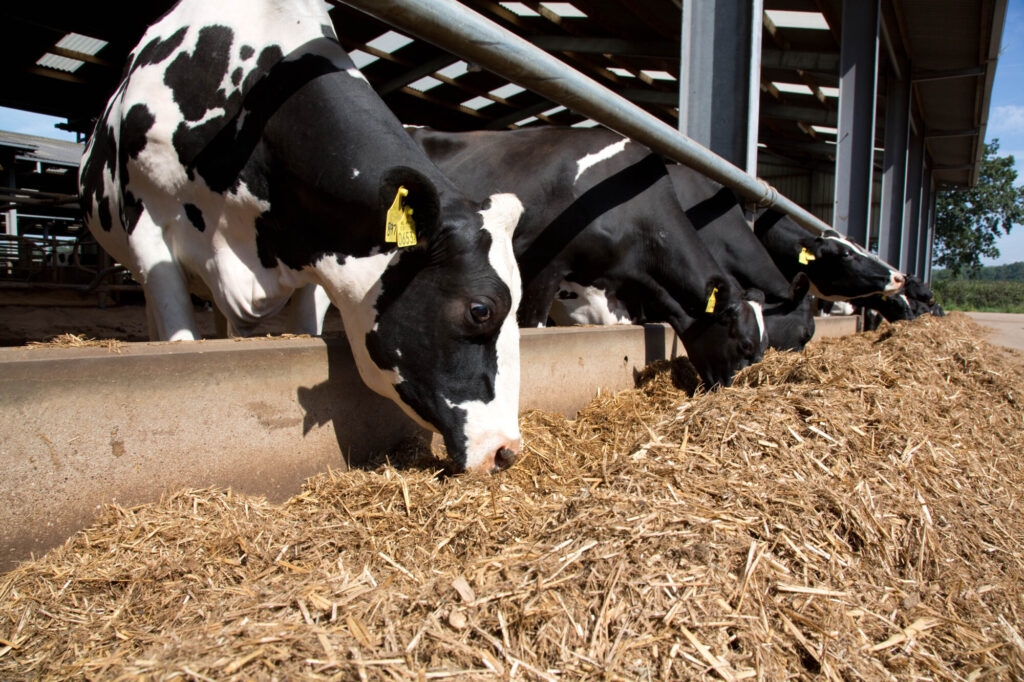Plan for balanced winter rations now to ensure optimum milk production
11th September 2023
With mixed silage quality experienced this year, dairy farmers are being encouraged to start planning for winter feeding early to ensure consistency across rations and achieve optimum milk yields.

Photo credit: Tim Scrivener
Due to varying grass quality this year, Lallemand Animal Nutrition’s regional business manager for Scotland, Csaba Adamik, recommends farmers conduct analysis of their forages to gain an accurate picture of silage quality in their clamps.
“Measuring silage clamps and assessing the quantity of forages available to them is equally important,” Mr Adamik explained.
With this information, farmers can plan ahead to ensure their rations are balanced to meet their cows’ needs, he added.
“If producers start planning for winter now, it should help them to achieve optimum milk production in a financially and environmentally sustainable manner,” Mr Adamik advised.
On farms where silage quality changes throughout winter, he suggested reformulating rations to maintain optimum nutrient levels. In addition, farmers must pay close attention to their clamp management and aim to feed a consistent ration every day.
“To achieve this while minimising waste, producers should feed out in a vertical column from the clamp to ensure silage quality is consistent in every mix,” he explained.
“Producers should also aim to move across the whole clamp face in less than three or four days,” Mr Adamik continued. “In case of very wide clamp faces, taking shallower grabs, rather than full grabs will help to avoid silage being exposed to oxygen for too long, as that can affect aerobic stability of the silage negatively.”
The manner in which the ration is delivered should be another area of focus, he noted.
“Feeding out wagon mix rations between milkings, and not at milking time, increases feeding bouts and can improve feed efficiency by as much as 7%.
“In addition, pushing feed up regularly and feeding twice a day or more increases dry matter intakes, reduces sorting, and leads to increased lying time and improved rumination activity.”
He added feeding a rumen-specific live yeast, like Levucell SC, can help balance rations while also delivering environmental benefits. This is due to the ability of yeast to optimise rumen function, increase rations digestibility and feed efficiency to ultimately help the animal get the most out of the feed.
“Studies have shown that inclusion of the live yeast in rations improves feed efficiency by 3-6% in lactation and subsequently reduces the carbon footprint of milk production by up to 6%,” Mr Adamik revealed.
“When fed prior to calving, the yeast reduces body weight loss and promotes early lactation feed intake. This, combined with the improved feed efficiency during lactation has the potential to improve milk yields by up to 8%, making a significant contribution to sustainable milk production,” he concluded.

